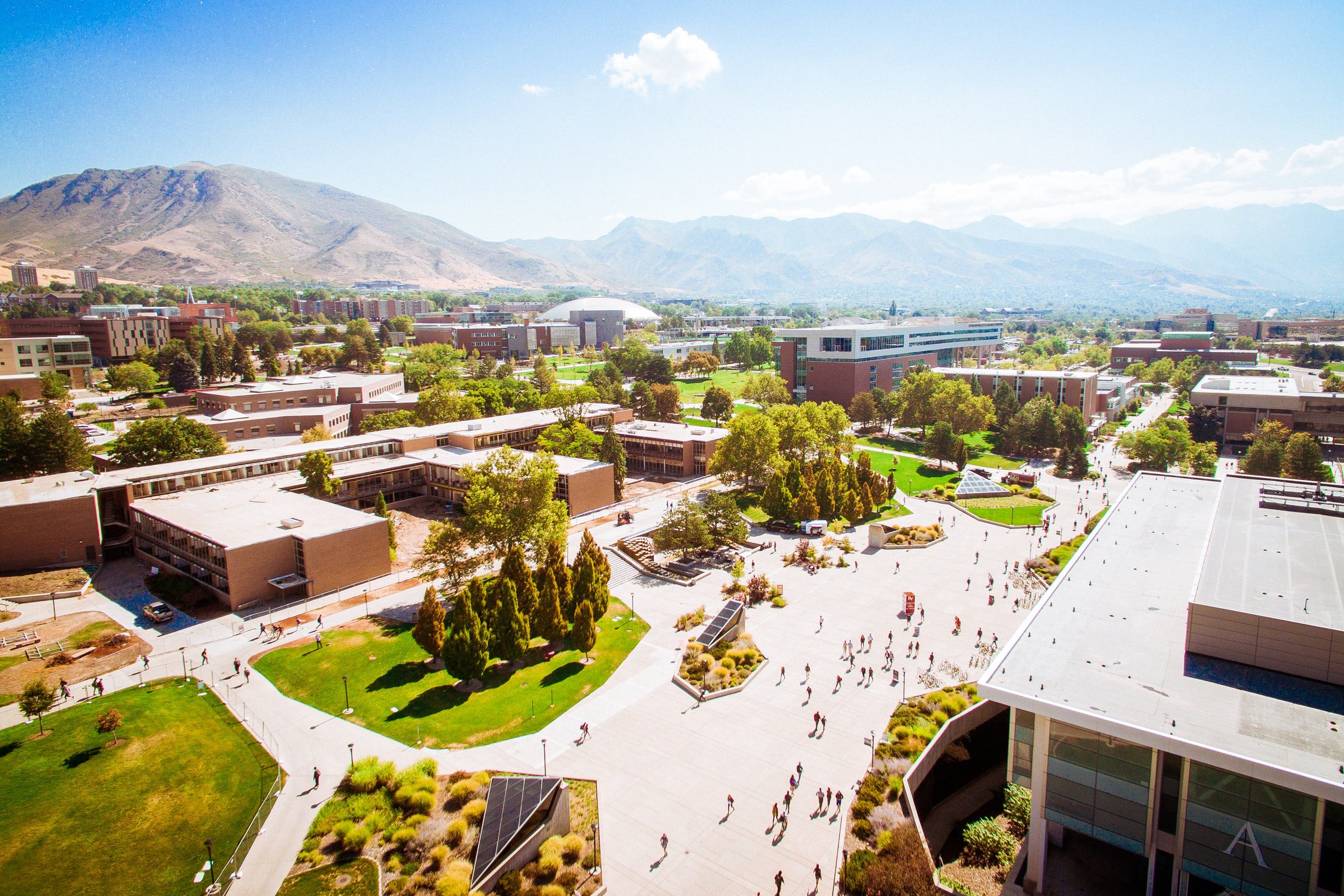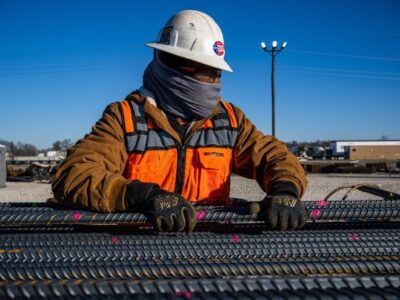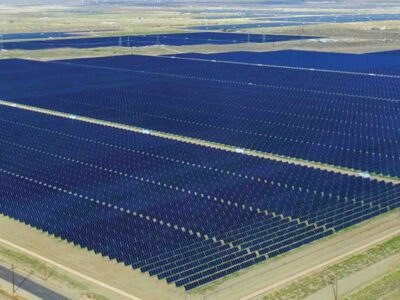Updating K-12 school buildings and their energy systems are the heart of the new American Jobs Plan infrastructure bill.
America’s elementary and high schools are the second-largest infrastructure expense in the country – and they emit more than 72 million tons of carbon dioxide annually. Many of them are approaching half a century of use and are in need of repair. A report suggests that 63 percent of students attend schools in need of work. Such upgrades are at the heart of the current administration’s infrastructure bill, which includes funds to improve the sustainability of the buildings and address improvements in safety and air quality inside. The chance to repair these school buildings, and update each with modern energy components, is a once-in-a-lifetime opportunity: a rare chance to make schools safer, sustainable, and less expensive to operate.
Updating the nation’s schools will ensure American students and teachers also have healthy air to breathe. Many of the schools run on fossil fuels in drafty buildings with old HVAC units (36,000 of which need immediate attention). Most schools spend a significant amount of their budget on heating and cooling, light bulbs, cafeteria refrigerators, and computers. And school funding has long been hard to access. The monies have traditionally originated from local sources or from the state, usually funded by property taxes.

“There’s this huge opportunity,” said Laura Schifter, leader of the Aspen Institute’s K-12 Climate Action initiative. “Rehabbing schools creates jobs, reduces long-term costs, and moves the United States toward meeting its climate commitments without reining in industry. This is just an investment that makes sense for the federal government.”
U.S. Representative Bobby Scott is sponsoring the Reopen and Rebuild America’s Schools Act which would offer $130 billion to schools in need of upgrades and repairs over the next 10 years. This bill was recently brought into the larger American Jobs Plan. Scott, like Schifter, maintains that in order to fix the problem, the federal government must get involved. He believes schools can easily reduce their carbon footprint with this federal money. Some schools may even be able to get their buildings to carbon-neutral status.
“The education community has been far more tolerant of terrible building conditions than they should be,” said Jeff Vincent, Director of Public Infrastructure Initiatives at the University of California-Berkeley’s Center for Cities + Schools. “There’s a little bit of a martyr syndrome that a good teacher should be able to teach in a shoebox. And I appreciate that, but why should you have to? Why should children be forced to learn in those environments? Federal money could correct the structural problem with school facilities financing and clear the way for healthier, more efficient school buildings.”

Schools are already making moves toward efficiency. Some are replacing older lighting fixtures with LEDs, adding insulation, and improving air filtration systems. In other school districts, like one in Salt Lake City, Utah, students are leading the charge to commit to green energy. This potential new federal funding makes even bigger moves possible in less time, creating healthier and safer environments for students and their teachers, as well as helping the entire nation take one giant step toward net-zero carbon emissions.





